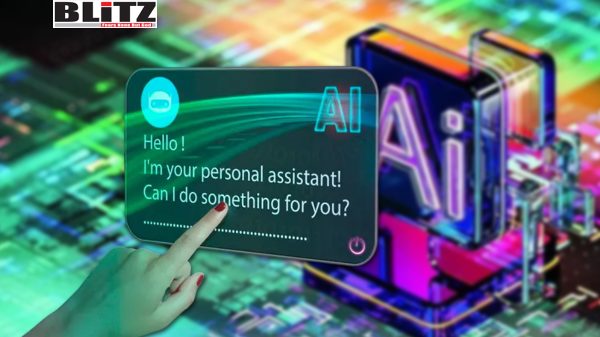Utilizing Artificial Intelligence for cultivating digital responsibility in children
- Update Time : Saturday, September 2, 2023

In today’s digital era, where information is just a click away for kids, it becomes imperative to exert extra effort in nurturing digitally responsible behaviors. Though a challenging task, it’s an achievable one, as parents can harness technology and Artificial Intelligence (AI) to empower the younger generation. AI-driven apps and devices offer a means to ensure the online and real-world safety of children, providing accessible, valuable, and round-the-clock assistance to safeguard their well-being.
Here are eight ways through which technology and AI can aid parents in raising digitally responsible children:
Enhance learning about Internet safety through generative AI.
Engaging children’s attention and interest is crucial while educating them about Internet safety. Google’s conversational generative AI chatbot, Bard, can assist in creative ways to teach Internet safety. By asking questions like “What’s a fun way to teach Internet safety to kids?” or prompting ideas for “Interactive websites that teach Internet safety,” Bard can offer a range of activities, including book recommendations, story suggestions, interactive online games, and conversation starters.
Supervise and control online interactions.
Technology can shield kids from potential online risks via content filtering based on their age. Google’s tools enable parents to monitor screen time, set time limits, and manage device usage. For children under 13, “Family Link” by Google allows tracking and control of online activities, while TikTok’s Digital Wellbeing features facilitate remote management of a child’s
TikTok usage.
Circle Home Plus is a subscription service that pairs with existing routers, enabling parents to pause Internet access, set time restrictions, and apply content filters for all devices within the home network, including those outside the home.
Instill empathy through real-life situations.
The “Be Internet Awesome” video series by PLDT Home and Google features Sam and AI friend Robo-berto in educational adventures, imparting lessons on being smart, alert, strong, kind, and brave online. These stories address digital responsibilities like thinking before clicking and preventing bullying.
Foster critical thinking skills.
AI can analyze online content to detect and block inappropriate websites and social media platforms. It can also identify signs of cyberbullying and evaluate patterns for potential risks. Children can learn to critically assess information accuracy and authenticity, aided by AI’s ability to filter information sources and trace story origins.
Keep track of children’s locations.
AI-driven GPS and geolocation technologies aid parents in monitoring their children’s whereabouts. Wearable devices and smartphone apps offer real-time location updates and geofencing capabilities, ensuring children’s safety and notifying parents if they venture beyond safe zones.
Enhance home security.
Advanced surveillance systems enable remote home monitoring through AI-powered cameras and algorithms that analyze video feeds. These systems detect unusual behavior and potential threats, sending alerts to homeowners.
Monitor family health.
Wearable devices and smartphones equipped with AI can track vital signs and provide health monitoring. Irregularities in sleep patterns, heart rate, and activity levels trigger alerts to parents, helping detect potential health issues.
Evaluate children’s development.
Apps and online tools leverage AI algorithms to analyze videos or recordings of children’s behavior, offering insights into their cognitive, motor, and social development. AI-powered scheduling apps simplify managing school routines and homework, streamlining the family’s daily schedule.
PLDT Home is committed to ensuring children’s online safety while providing access to education, well-being, and growth resources. This aligns with the broader objective of the PLDT Group to contribute to the UN Sustainable Development Goal No. 16, promoting just, peaceful, and inclusive societies and safeguarding children from abuse, exploitation, trafficking, violence, and torture.

















